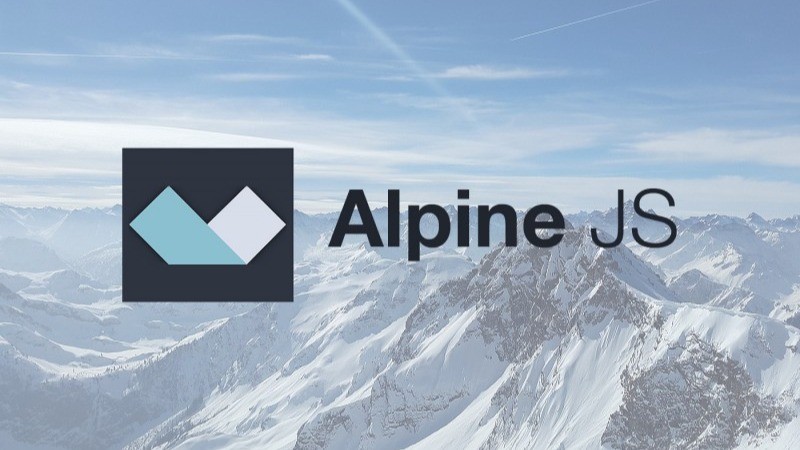
Alpine.js: A Lightweight JavaScript Framework for Modern Web Development
In the world of front-end development, the demand for simplicity, efficiency, and flexibility is ever-growing. While frameworks like React and Vue.js dominate the landscape, they often come with a learning curve and overhead that might not be ideal for every project. Enter Alpine.js, a lightweight JavaScript framework that strikes the perfect balance between simplicity and functionality.
What is Alpine.js?
Alpine.js is a minimalist framework designed to handle simple interactions in your HTML without the complexity of larger JavaScript libraries. It provides a declarative way to manage state and user interactions with a syntax inspired by Vue.js but in a much more lightweight package.
With just 9KB, Alpine.js allows you to add interactive behavior directly to your HTML, making it an excellent choice for developers who want to keep their projects lean and fast. It’s especially useful for situations where you need some dynamic behavior but don’t require the full capabilities of a larger framework.
Why Choose Alpine.js?
领英推荐
Real-World Use Cases for Alpine.js
Conclusion
In the fast-paced world of web development, Alpine.js shines as a powerful yet straightforward tool for adding interactivity to your projects. Its lightweight nature, ease of use, and integration with modern CSS frameworks make it an excellent choice for developers looking to simplify their workflow while maintaining flexibility.
If you’re looking for a framework that gives you the power to manage user interactions without the complexity of React or Vue.js, give Alpine.js a try. It might just be the lightweight solution you’ve been searching for.